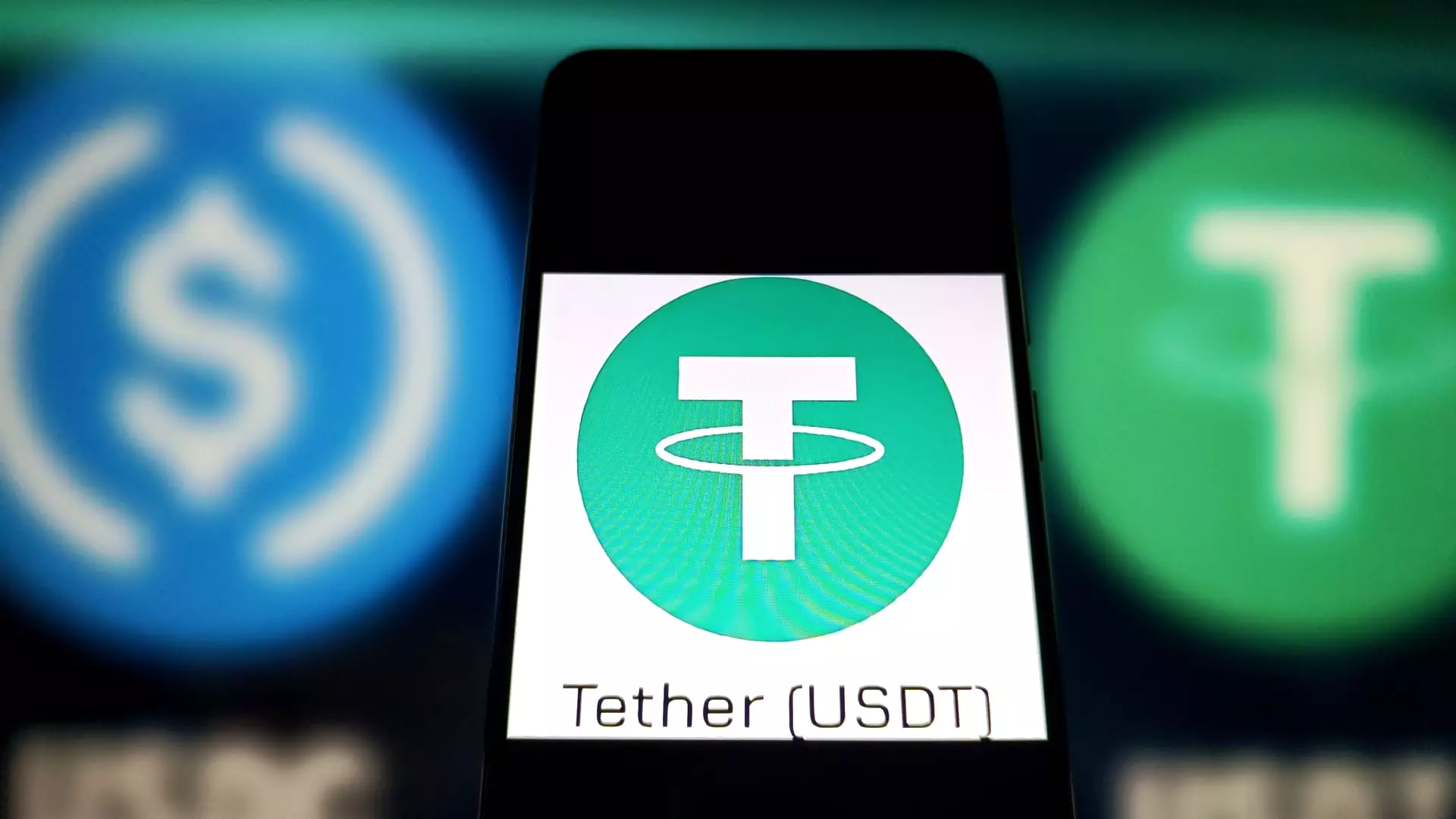Hong Kong has recently taken a bold step in the cryptocurrency saga by legislating a framework around stablecoins, a category of digital assets that many regard as the bedrock of the crypto ecosystem. Unlike the wild swings of assets like Bitcoin, stablecoins are directly pegged to tangible assets, such as fiat currencies or commodities—most notably, gold. This legislation, while celebrated by some as a progressive move, warrants scrutiny as it raises questions about the implications for innovation and regulatory governance.
The Hong Kong Monetary Authority (HKMA), the body overseeing this initiative, is creating a landscape that mandates stablecoin issuers to secure licenses and adhere to a series of stringent requirements. These requirements include responsible asset reserve management and safeguarding client assets. Proponents argue that this regulatory structure will foster financial innovation and ensure stability, framing Hong Kong as a leader in compliant digital finance. However, one must ask: are we genuinely promoting innovation, or are we erecting unnecessary barriers?
Regulatory Environment: Balancing Act or Heavy-Handedness?
While the intentions behind Hong Kong’s stablecoin bill may be commendable, one cannot ignore the fine line between necessary regulation and suffocating oversight. The global tendency to regulate stablecoins is rapidly gaining traction, with other jurisdictions like the EU, Japan, Singapore, and the UAE enacting their own frameworks. This presents a unified approach but also has the potential to create a regulatory race to the bottom, where increased restrictions may stifle market dynamism.
YeFeng Gong, a notable figure in the crypto industry, heralded the Hong Kong framework as setting a “global benchmark.” Yet, this creates an environment where innovation could be placed on the back burner amid compliance pressures. To refer to the HKMA’s oversight as merely “enhanced regulation” glosses over the oppressive nature that may accompany such scrutiny. A vital discussion on the right balance between fostering innovation while safeguarding investors’ interests must take precedence.
The Global Context: Evolving Discourse on Crypto Regulation
Following the advancement of the GENIUS Act in the United States, which seeks to establish a regulatory environment for stablecoin issuers, it’s clear that global attitudes toward cryptocurrency regulation are shifting. However, the mere act of regulating does not equate to responsible governance. Governments and regulatory bodies, in their haste to create frameworks, often overlook the agility required for a technology that is still in its nascent stages.
Chengyi Ong from Chainalysis raises crucial points about stablecoins as tools for enhancing traditional finance, especially in resolving slow transaction processes. However, we cannot ignore how tightly knit preferences for regulatory oversight are often tied to preserving the interests of traditional financial institutions. Is the motivation behind these regulations about innovation at all, or simply a mechanism to control a burgeoning market that threatens conventional financial paradigms?
The Nature of Innovation in Financial Systems
To genuinely foster innovation in finance, regulators must pivot from a prescriptive approach to one that nurtures flexibility and growth. The Hong Kong stablecoin bill’s emphasis on stringent controls could be seen as an antithesis to the very principles of decentralization that underpin blockchain technology. While stability in trading is critical, an overly prescriptive framework risks homogenizing the market, favoring established players and marginalizing disruptive newcomers.
Furthermore, the insistence on full reserve backing and strict redemption mechanisms—though ostensibly prudent—could entrap issuance within rigid financial structures that may inhibit creativity and experimentation. The vitality of the cryptocurrency movement stems from its ability to adapt and innovate rapidly, and heavy-handed regulatory frameworks could jeopardize this.
The Road Ahead: Reassessing Innovation vs. Regulation
In the end, the legislation around stablecoins in Hong Kong can be viewed through various prisms: As a necessary regulatory step, a potential barrier to innovation, or a tactical move in a global chess game of crypto regulation. If we want to harness the true potential of stablecoins and cryptocurrency at large, the conversation must transcend superficial regulation. What is needed is a robust dialogue about how we can regulate without stifling the very innovation that promises to revolutionize finance.
The unfolding crypto narrative hinges not just on the strength of local frameworks like that of Hong Kong but also on the ability of the global community to engage in progressive yet mindful regulatory practices. Whether Hong Kong’s new policies will serve as a model or a cautionary tale remains to be seen. As the digital financial landscape evolves, one question lingers: can we strike a balance that values innovation while ensuring consumer protection?

Leave a Reply